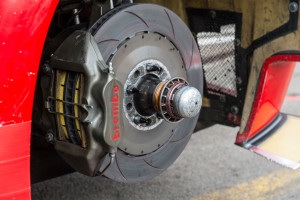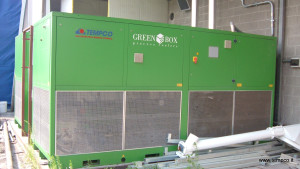A few days ago, I wrote an article on the anodic oxidation of aluminium for the purpose outlined above, to improve the characteristics of the metal and adapt it to applications in diverse areas and environments, exploiting its properties of lightness.
There is a process of hard anodic oxidation that best exploits the mechanical characteristics and makes the aluminium suited also to uses especially aggressive in terms of resistance to stress or friction.
Below are two files of interest that cover the differences between the processes of anodic oxidation.
hard-anodising anodizing__eloxal__guidelines__19-07-2013-2013
anodizing__eloxal__guidelines__19-07-2013-2013
In the case of hard anodic oxidation, we can see how the variable relates in particular to the operating temperatures of the oxidation baths, which must drop from about 20°C to 5°C.
To make this possible with plate exchangers, it is necessary to use chiller units designed to ensure constant operation under the desired conditions.
It must be borne in mind that these cooling units work in harsh conditions, because of the temperature which can be as low as 0°C with anti-freeze solutions but also because they are often installed in hot and aggressive environments.


